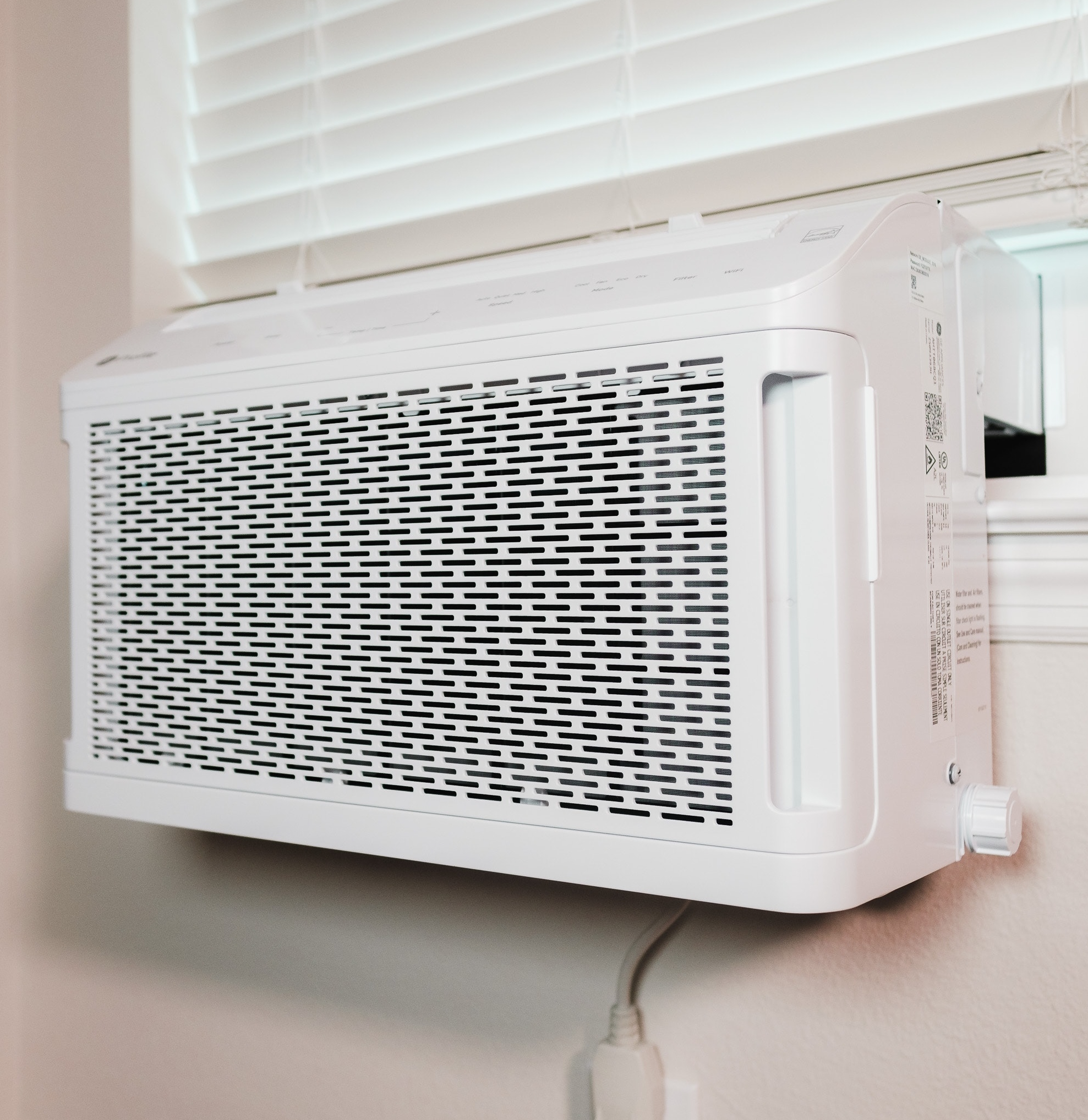Air conditioning systems have become a necessity in modern life, providing relief from hot and humid weather conditions. However, with the numerous options available in the market, it can be challenging to choose the right type of air conditioning system for your needs. In this comprehensive guide, we will explore the different types of air conditioning systems, their features, and their suitability for various applications.
By understanding these options, you will be able to make an informed decision when it comes to cooling your space effectively.

1. Window Air Conditioners:
Window air conditioners are a popular and affordable option for cooling individual rooms. These units are designed to fit into a standard window frame or a specially prepared opening in a wall. Window air conditioners consist of a single housing that contains all the necessary components, including the compressor, condenser, evaporator, and fan. They are relatively easy to install and provide localized cooling for small to medium-sized spaces.
2. Split Air Conditioning Systems:
Split air conditioning systems are one of the most common types of air conditioning systems used in residential and commercial buildings. They consist of two main units: an indoor unit and an outdoor unit. The indoor unit typically mounted on a wall, contains the evaporator coil and the cooling fan.
The outdoor unit houses the compressor and condenser. Split systems are connected by refrigerant lines and electrical wiring. They offer energy-efficient cooling, quiet operation, and the ability to cool multiple rooms or zones.
3. Ducted Air Conditioning Systems:
Ducted air conditioning systems are a popular choice for cooling entire homes or large commercial spaces. These systems consist of a central unit, typically installed in a roof space or dedicated equipment room, and a network of ducts that distribute cool air throughout the building.
Ducted systems provide even cooling and allow for temperature control in different zones, making them highly customizable. They are ideal for those looking for a whole-building cooling solution.
4. Portable Air Conditioners:
Portable air conditioners offer flexibility and convenience, especially in situations where permanent installation is not possible or desired. These standalone units are easy to move from one room to another and require minimal installation.
Portable air conditioners typically come with an exhaust hose that needs to be vented through a window or an opening. They are suitable for cooling small to medium-sized spaces or for providing supplemental cooling in specific areas.
5. Central Air Conditioning Systems:
Central air conditioning systems are commonly found in larger residential properties and commercial buildings. These systems consist of a central unit, typically located outside the building and a series of ducts that distribute cool air to each room. Central systems offer centralized temperature control, allowing for consistent cooling throughout the entire space. They can be customized with zoning capabilities to regulate different areas independently, increasing energy efficiency and comfort.
6. Packaged Air Conditioning Systems:
Packaged air conditioning systems are commonly used in commercial settings, such as offices, retail spaces, and hotels. These systems have all the components, including the compressor, condenser, evaporator, and fan, housed in a single unit. Packaged systems can be rooftop or ground-mounted, depending on the available space. They offer efficient cooling for larger areas and are known for their durability and reliability.
7. Variable Refrigerant Flow (VRF) Systems:
Variable Refrigerant Flow (VRF) systems, also known as Variable Refrigerant Volume (VRV) systems, are advanced air conditioning systems that provide precise temperature control for individual zones or rooms. These systems use a refrigerant as the heat exchange medium and allow for simultaneous heating and cooling. VRF systems offer high energy efficiency, and flexibility in zoning, and are commonly used in large commercial buildings, hotels, and residential complexes.
Conclusion:
When it comes to choosing the right air conditioning system, it is essential to consider factors such as the size of the space, cooling requirements, budget, and installation possibilities.
Window air conditioners are suitable for individual rooms, while split systems offer flexibility and efficiency.
Ducted systems provide whole-building cooling, portable units offer versatility, and central systems ensure consistent temperature control.
Packaged systems are designed for commercial spaces, and VRF systems provide advanced temperature management.
By understanding the different types of air conditioning systems and their features, you can make an informed decision to create a comfortable and cool environment that suits your specific needs.
If you’re in the market for a new Air Conditioner, be sure to consider all the options above as a viable cooling method for your property.
If you have any other questions regarding Air Conditioners, don’t hesitate to reach out to ROMA Heating for expert plumbing service and advice.